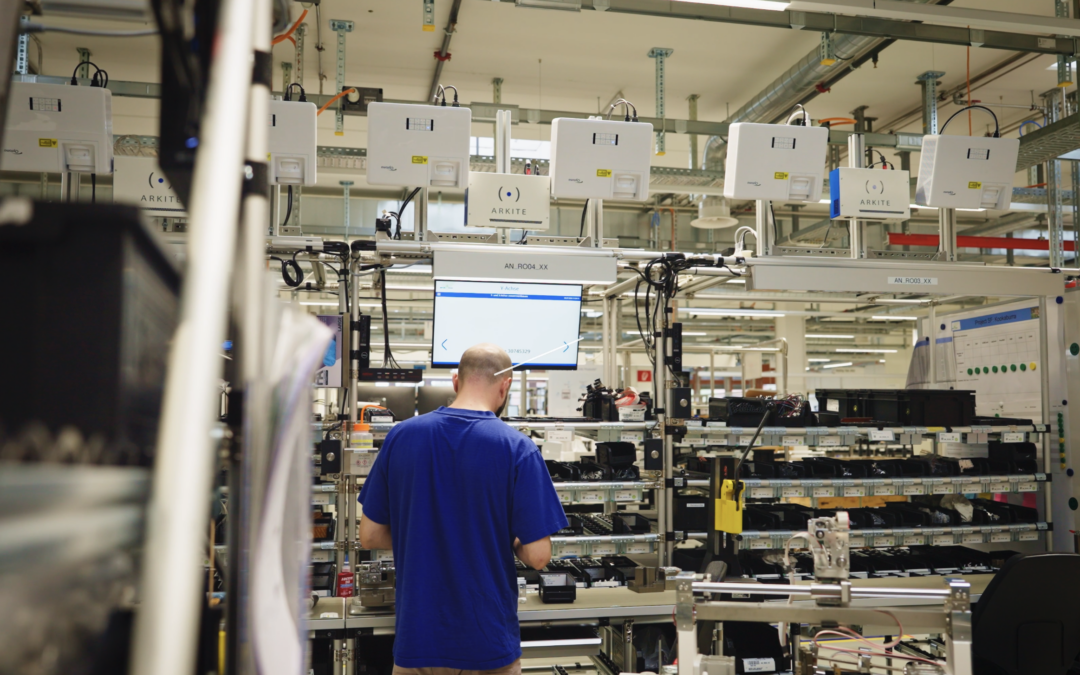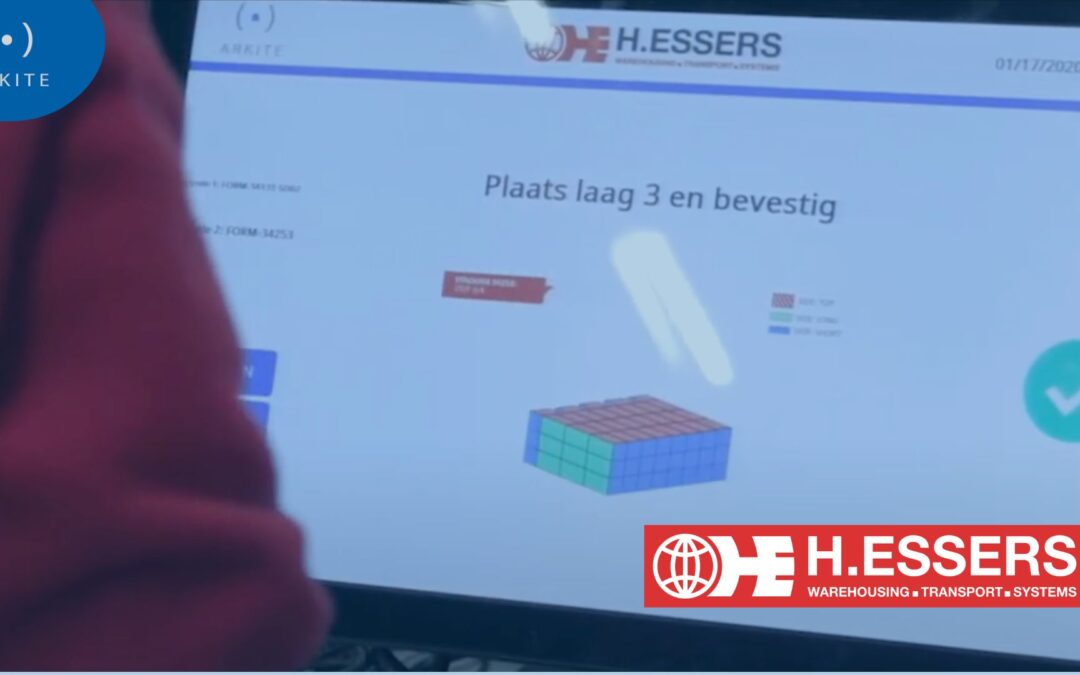Problem Statement
Volvo Cars faced a significant challenge in the placement of 60 components, particularly the rapgards, which carried a high risk of human error. Ensuring the correct placement of these components was critical to the quality and safety of the final vehicles. The key issues identified were:
- High Risk of Human Error: The intricate task of placing 60 rapgards contained inherent risks of human errors, leading to issues such as missing or improperly positioned parts.
- Training Efforts: The introduction of a new production line area required extensive training efforts for operators to become familiar with the complex component placement procedures.
- Late Error Detection: Errors in component placement were often only identified at the end of the production line, leading to costly rework and potential impacts on vehicle quality and safety.
Arkite Platform Application
To address these challenges and enhance the efficiency and accuracy of component placement, Volvo Cars adopted Arkite’s Operator Guidance Platform. The implementation encompassed the following key features:
- Workstation Support: The Arkite Platform provided support for two workstations, specifically assisting operators in the picking process of components, including the critical rapgards.
- Placement Guidance: The platform offered precise and real-time placement guidance for all 60 components, ensuring accurate positioning.
- Integration with PLC: The integration with the Programmable Logic Controller (PLC) introduced a line interlock, ensuring that the production process initiated only when components were correctly positioned.
- Multiple 3D sensors and Projectors: The implementation involved the setup of workstations devices and nine projectors, enabling interactive visual guidance.
Results:
The implementation of Arkite’s Operator Guidance Platform yielded significant improvements for Volvo Cars:
- Step-by-Step Guidance: The Arkite Platform’s step-by-step guidance empowered operators, leading to accurate picking and assembly of components. Real-time monitoring ensured adherence to the correct placement procedures, minimizing the risk of errors.
- Enhanced Production Flexibility: The newfound precision and efficiency in component placement facilitated enhanced production flexibility. Operators could confidently work across different variants, resulting in smoother operations and quicker adaptation to changing requirements.
- Reduced Training Efforts: The platform’s intuitive guidance significantly reduced the training efforts required for new operators. This allowed for faster onboarding and ensured consistent and accurate component placement across the workforce.
Conclusion:
Volvo Cars’ partnership with Arkite and the integration of the Operator Guidance Platform marked a significant step towards ensuring the accuracy, quality, and efficiency of their manufacturing processes. The platform’s capabilities in providing real-time guidance, integrating with the PLC, and enhancing operator training streamlined component placement, reducing errors, and enhancing production flexibility. Through this collaboration, Volvo Cars reaffirmed its commitment to delivering high-quality vehicles while optimizing manufacturing processes.

